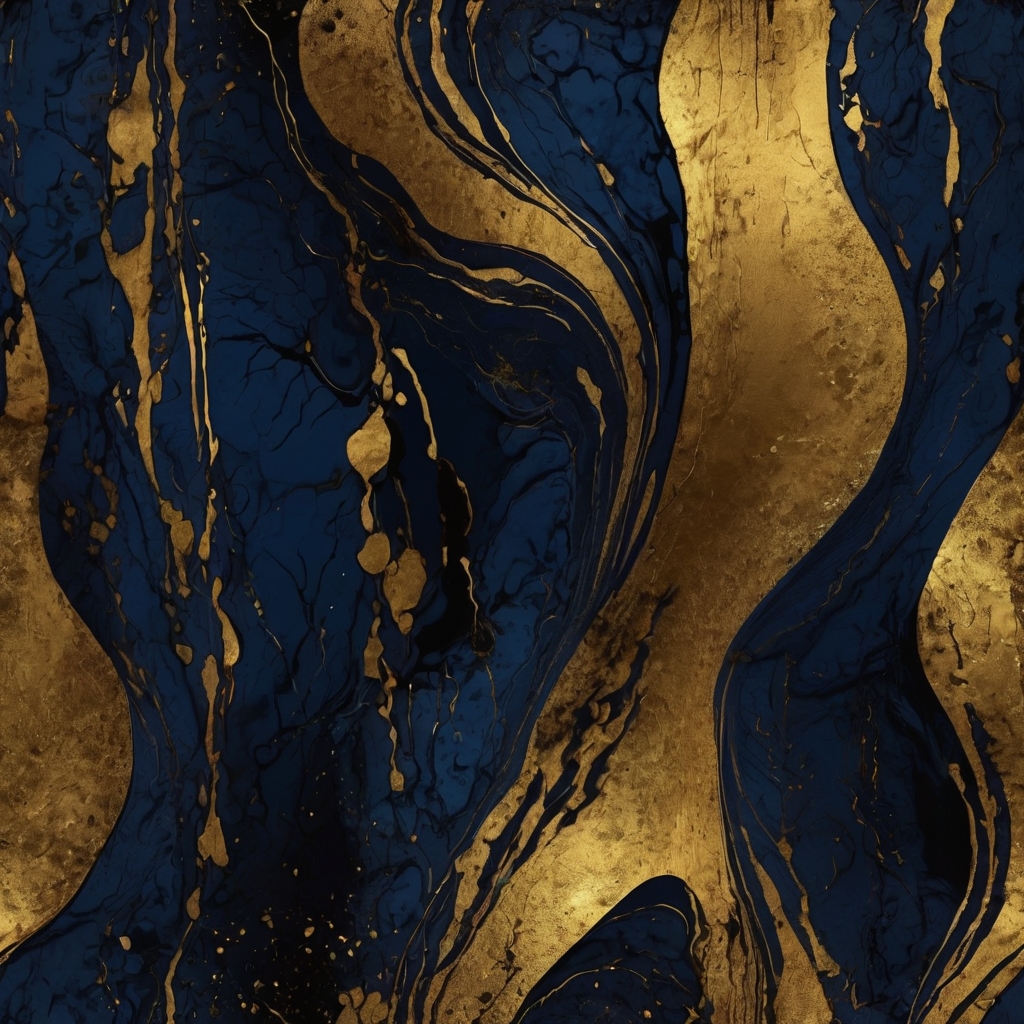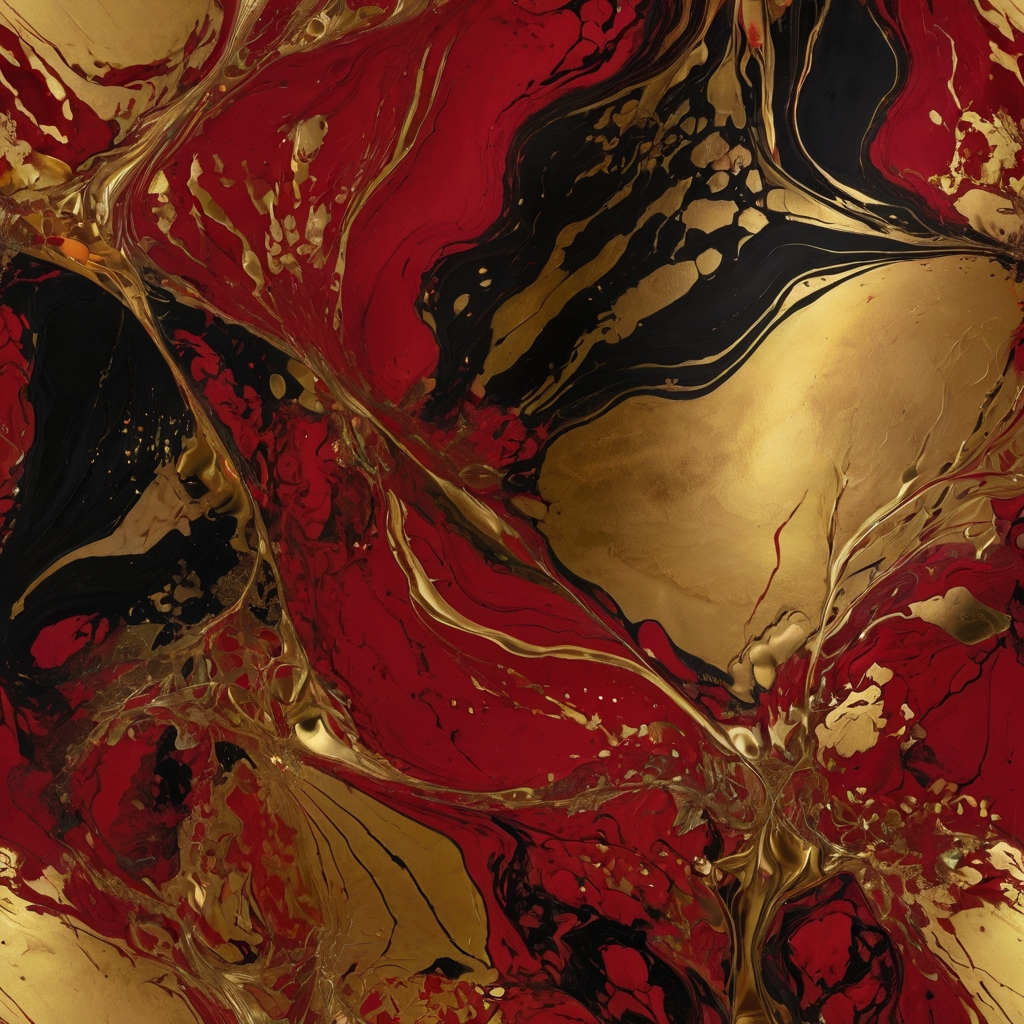In the ever-evolving landscape of music promotion, TikTok has emerged as a game-changer, particularly for electronic music. With its algorithm-driven virality and bite-sized content format, the platform has become a launchpad for tracks that dominate global charts. Here’s how TikTok is redefining the rise of electronic music:
1. The Power of the 15-Second Hook
Electronic music’s structure—build-ups, drops, and repetitive beats—aligns perfectly with TikTok’s short-video format. Producers are now crafting tracks with “TikTok-ready” segments, often focusing on a catchy 15–30 second loop. These snippets, whether a hypnotic synth riff (e.g., Fred Again..’s “Marea (We’ve Lost Dancing)”) or a bass-heavy drop, become the backbone of viral trends.
Example:
- John Summit’s “Where You Are” exploded globally after its euphoric drop fueled dance challenges, driving it to #1 on Billboard’s Hot Dance/Electronic Songs chart.
2. Algorithmic Amplification
TikTok’s algorithm thrives on engagement. When users create videos using a sound, the platform prioritizes it, pushing it to the “For You” page and incentivizing remixes. Electronic tracks with high-energy beats or memeable quirks (e.g., sped-up vocals, quirky samples) often trigger a snowball effect, as seen with LF System’s “Afraid to Feel” (a disco-house revival fueled by nostalgic edits).
3. Dance Challenges and Community Trends
Electronic music’s rhythmic pulse makes it ideal for dance trends. TikTok’s collaborative culture encourages users to put their spin on choreography, as seen with:
- “B.O.T.A. (Baddest Of Them All)” by Eliza Rose and Interplanetary Criminal, a UK garage anthem that sparked a global shuffle craze.
- Queer Ballroom Scenes: Hyperpop and techno tracks like “Miss You” by Southstar resonate with LGBTQ+ communities, blending music and cultural expression.
4. Artist-Led Strategies
Smart electronic artists and labels now treat TikTok as a core marketing tool:
- Teaser Campaigns: Artists like Swedish House Mafia debut track snippets to build hype.
- Duets and Remixes: Charlotte de Witte engages fans by sharing DJ set clips, while producers like James Hype remix their tracks to fit trending sounds.
- Behind-the-Scenes Content: Flume and Disclosure demystify production processes, fostering fan connections.
5. Global Reach and Niche Communities
TikTok’s borderless platform amplifies underground genres:
- Brazilian Bass and Korea’s Electro-Swing scenes gain traction through regional creators.
- #TechnoTok (1.2B views) and #RaveCulture (890M views) unite fans worldwide, turning niche tracks into mainstream hits.
6. The Dark Side: Fleeting Fame and Over-Saturation
While TikTok offers rapid exposure, critics highlight downsides:
- Short Shelf Life: Tracks like “Say It Right” (Nelly Furtado x Dom Dolla edit) peak quickly but fade as trends shift.
- Formulaic Production: Some argue artists prioritize “TikTokability” over artistic depth, leading to generic drops.
- Copyright Battles: Unofficial remixes and sped-up edits often bypass royalties, sparking industry debates.
7. Data-Driven Insights
Analysis of viral electronic tracks reveals common traits:
- BPM Range: 120–130 BPM (ideal for dance challenges).
- Key Elements: Vocal chops, nostalgic samples (e.g., early 2000s trance), and minimal lyrics for universal appeal.
Conclusion: TikTok as a Double-Edged Synth
TikTok has undeniably democratized music discovery, giving underground electronic artists unprecedented visibility. However, its demand for immediacy challenges creators to balance virality with longevity. As the platform evolves, so must artists—harnessing trends while staying true to their sound.
Final Takeaway:
For electronic music, TikTok isn’t just a platform; it’s a cultural catalyst. Whether through a viral drop or a grassroots community, the app proves that in 2023, the dancefloor is digital.


